
Making the colour choice for your home is crucial as it can significantly affect the way your home looks and feels. Choosing the correct colour scheme can be difficult, whether you're remodelling your entire house or just a single room. Knowing where to begin might be intimidating because there are so many different colours, tints, and hues to select from.
You can use the information in this blog article to traverse the complex world of colour and choose the correct colours for your home. In this article, we will review the fundamentals of colour theory, including the psychology of colour and how various colour schemes may change a room's ambience. We'll also go through the crucial elements to take into account when picking colours for your home, such as lighting, room size, and personal style.
Understanding Colour Theory
It's essential to understand the basics of colour theory before getting into the specifics of picking the best colours for your home. The study of how colours interact with one another and how they can be mixed to produce various effects is at the heart of the colour theory.
Red, blue, and yellow are the primary colours on the colour wheel. Other colours cannot be combined to make these colours. By combining two primary colours, secondary colours like green, orange, and purple are produced. A main colour and a secondary colour are combined to produce tertiary colours like blue-green and yellow-orange.
The psychology of colour is one of the most crucial facets of colour theory. Various hues can significantly affect our moods, emotions, and behaviour. For instance, the colours red and blue are frequently linked to calmness, tranquillity, and trust whereas red is frequently linked to passion, energy, and excitement.
It's crucial to take into account the psychological impacts of various colours and how they might affect the mood of a room when selecting a colour scheme for your house. Warm colours like red, orange, and yellow can evoke a feeling of vitality and enthusiasm, whilst cool colours like blue, green, and purple can foster a more tranquil and restful environment.
And finally, there are plenty of well-liked colour schemes that you can try as a jumping-off point when deciding on hues for your house. These include analogous schemes, which use colours that are next to one another on the colour wheel, complementary schemes, which use colours that are directly opposite one another on the colour wheel, and triadic schemes, which use three colours that are evenly spaced on the colour wheel. Monochromatic schemes use various shades of a single colour.
Understanding the fundamentals of colour theory and the psychology of colour will help you make wise colour selections for your house and design an area that is both aesthetically pleasing and emotionally rewarding.
Factors to Consider When Choosing Colour for Your Home

When choosing colours for your home, there are several key factors that you should consider to ensure that you create a cohesive and harmonious space. These factors include lighting, room size and layout, existing furniture and decor, and personal preferences and style.
Lighting: One of the most important factors to consider when choosing colours for your home is lighting. The amount and type of natural and artificial light in a room can significantly affect how colours appear. For example, a room with lots of natural light may make colours appear brighter and more vibrant, while a room with limited natural light may make colours appear darker and duller. Be sure to test colours in different lighting conditions to see how they look throughout the day.
Room size and layout: The size and layout of a room can also play a role in colour selection. Dark colours can make a room feel smaller and more intimate, while light colours can make a room feel larger and more open. If you have a small room, consider using lighter colours to make the space feel more expansive. Additionally, you should consider the layout of the room when choosing colours. A cohesive colour scheme can help tie together different elements of a room and create a unified look.
Existingfurniture and decor:Another important factor to consider when choosing colours for your home is your existing furniture and decor. You want to select colours that complement and enhance your existing pieces, rather than clash with them. Take into account the colours of your furniture, curtains, and accessories when selecting your colour scheme.
Personal preferences and style: Finally, it's important to consider your personal preferences and style when choosing colours for your home. Do you prefer bold, vibrant colours, or do you prefer more muted and subdued tones? What colours make you feel happy and relaxed? Your personal style should be reflected in your colour choices to create a space that feels uniquely you.
By taking into account these key factors when choosing colours for your home, you can create a cohesive and visually appealing space that reflects your personal style and preferences.
Best Tips for Choosing the Right Colour
With this expert advice, you can streamline the process of selecting the correct colours for your house and design a space that is attractive and functional.
Begin by becoming inspired: Before narrowing down your colour choices, acquire ideas from various sources. To find colour combinations that appeal to you, peruse publications, websites, and social media. You can also draw inspiration from nature, art, and fashion to develop a special and individual colour scheme.
Consider the mood: As we mentioned earlier, colours can have a significant impact on our moods and emotions. Consider the mood you want to create in each room of your home and select colours that reflect that mood. For example, a calming blue may be ideal for a bedroom, while a vibrant yellow may be more appropriate for a kitchen or dining room.
Test colours: Don't rely on swatches or paint chips alone when selecting colours. Purchase small samples of your top colour choices and test them on the wall in different lighting conditions. This will give you a better sense of how the colours will look in your space.
Use a colour wheel: A colour wheel is a useful tool for selecting complementary and contrasting colours that work well together. Use the colour wheel to identify colour schemes that appeal to you and experiment with different combinations.
Don't be afraid to go bold: While neutral colours may be safe and timeless, don't be afraid to incorporate bold and vibrant colours into your home. A pop of colour can add interest and personality to any space.
Consider the long-term:When selecting colours for your home, it's important to think about the long-term. Will the colours you choose be something you'll love for years to come? Consider timeless and classic colours that won't go out of style.
By following these top tips, you can select colours for your home with confidence and create a space that's both beautiful and functional.
Popular Colour Schemes for Homes

With so many options, picking a colour scheme for your house can be difficult. Here are a few well-liked colour schemes that complement various types of homes:
Monochromatic: A monochromatic colour scheme uses several tints and shades of the same basic hue. This produces a unified, harmonic, and pleasing appearance. For instance, the hues of light blue, navy blue, and indigo can all be used in a monochromatic blue design.
Neutral: A neutral colour scheme makes use of beige, white, and grey as the dominant hues in a space. As a result, a serene and classic style is produced that is simple to design around. To give a space interest and personality, a neutral colour scheme might also contain colourful accents.
Complimentary: A complimentary colour scheme utilises hues that are situated next to one another on the colour wheel. For instance, blue and orange or purple and yellow. When done this way, a room is given a dramatic and eye-catching appearance that is ideal for creating drama and excitement.
Similar: Similar colours on the colour wheel are used to create an analogous colour scheme. Green, yellow-green, and yellow, as examples. This results in a peaceful and unified appearance that is perfect for designing a cogent space.
Warm and cool: A warm and cool colour scheme combines cool hues like blue, green, and purple with warm hues like red, orange, and yellow. This results in a balanced appearance that is both energising and soothing.
By using these popular colour schemes as a starting point, you can create a cohesive and visually appealing space that reflects your personal style and preferences.
Choosing the right colours for your home can have a significant impact on the look and feel of your space. By understanding colour theory, considering various factors like mood, lighting, and personal style, and following top tips for selecting colours, you can create a cohesive and visually appealing space that reflects your personality and preferences.
Remember that choosing colours for your home is a unique and creative process. Be open to exploring new things and don't be scared to experiment with different colour combinations. The most crucial thing is to decorate with colours that make you happy and make the area seem like home.
Whatever colour scheme you want for your home—monochromatic, neutral, complementary, analogous, warm, and cool—there is one that is ideal. Use these well-liked colour schemes as a jumping-off point, and don't forget to enjoy yourself while doing it.
We sincerely hope that these suggestions have assisted you in selecting the appropriate colours for your house and have motivated you to design a space that is both lovely and practical. Gratifying decoration!


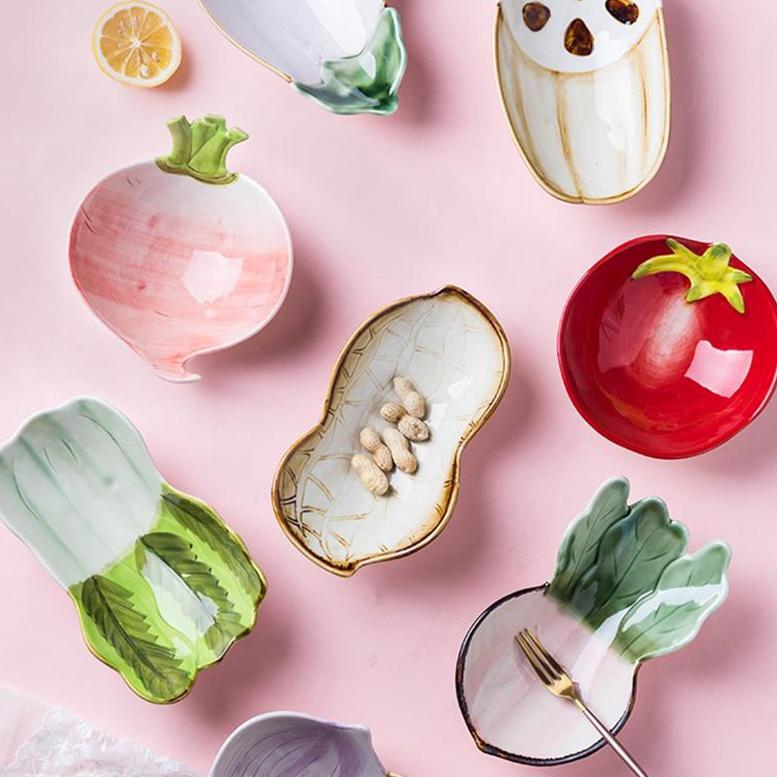

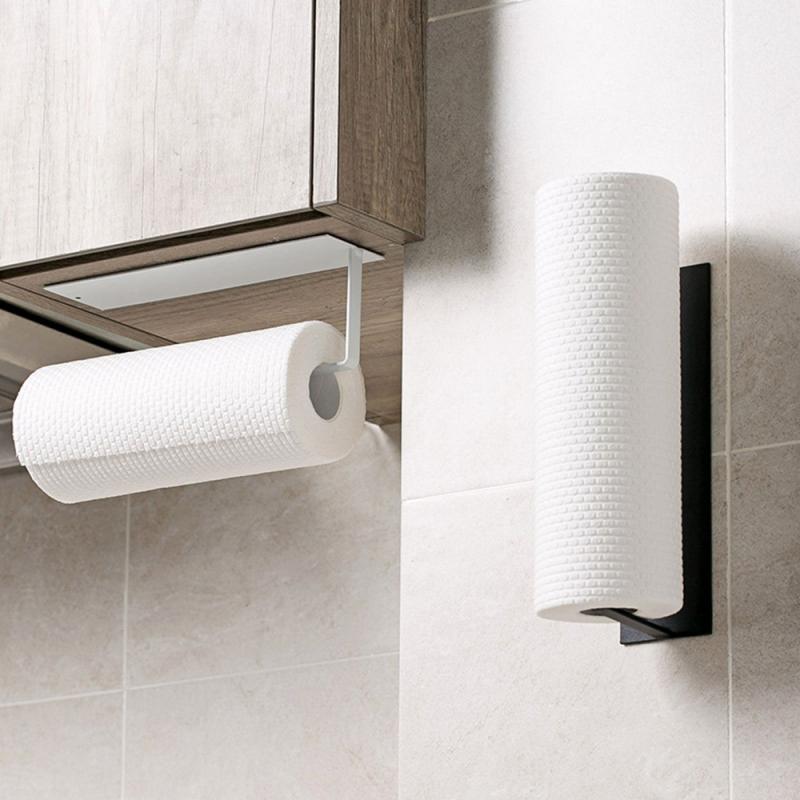

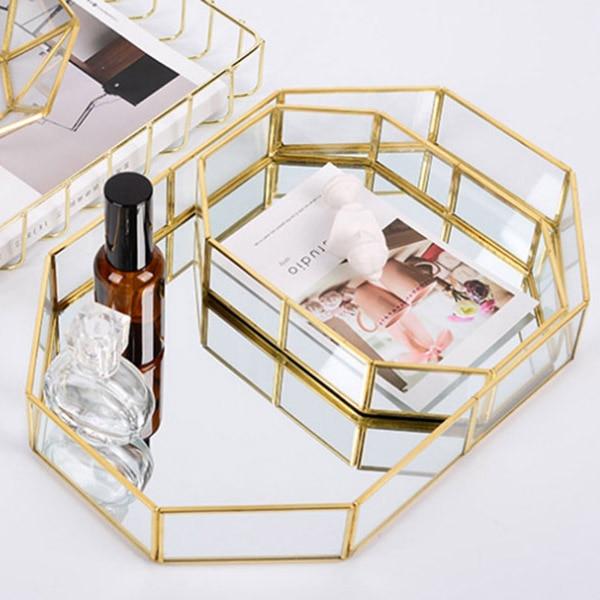
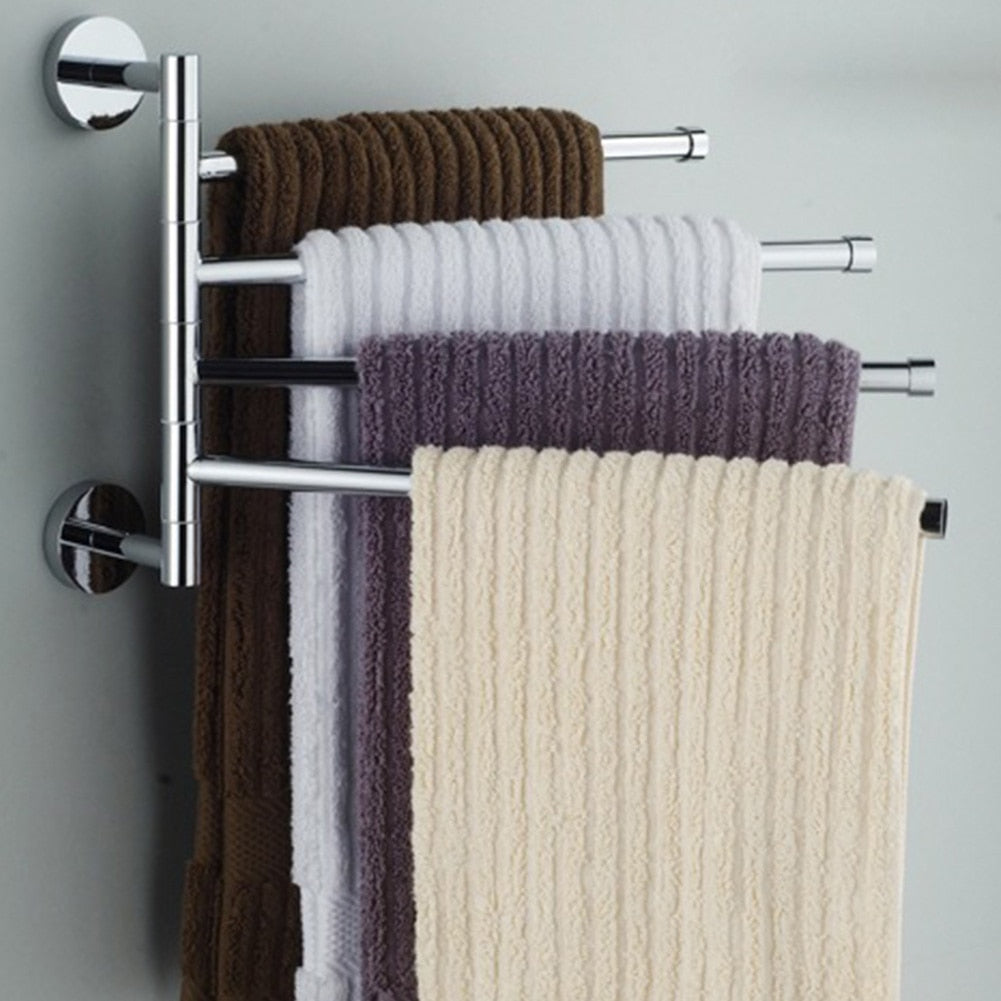
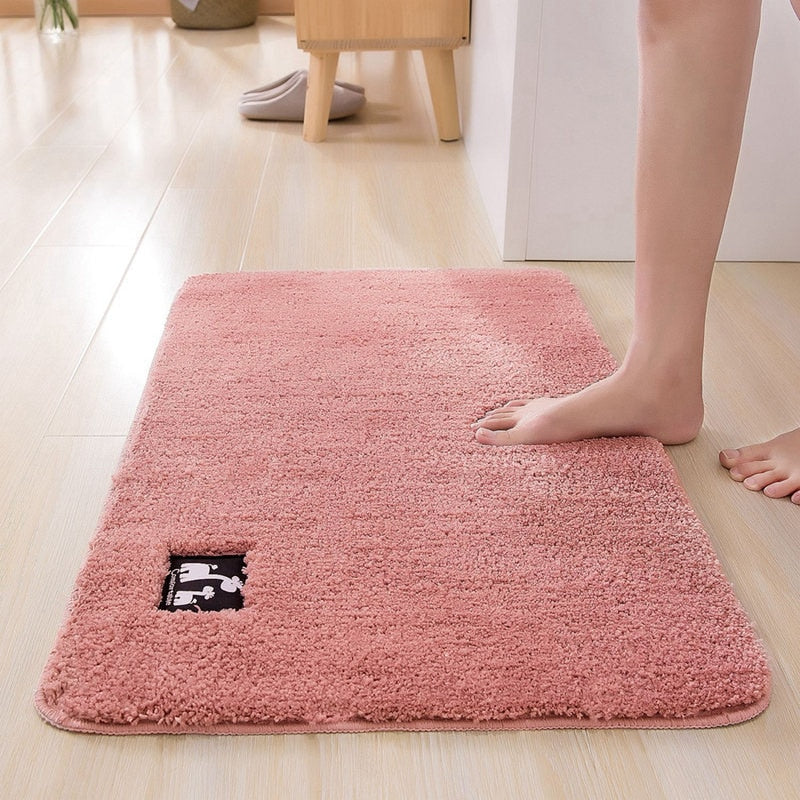
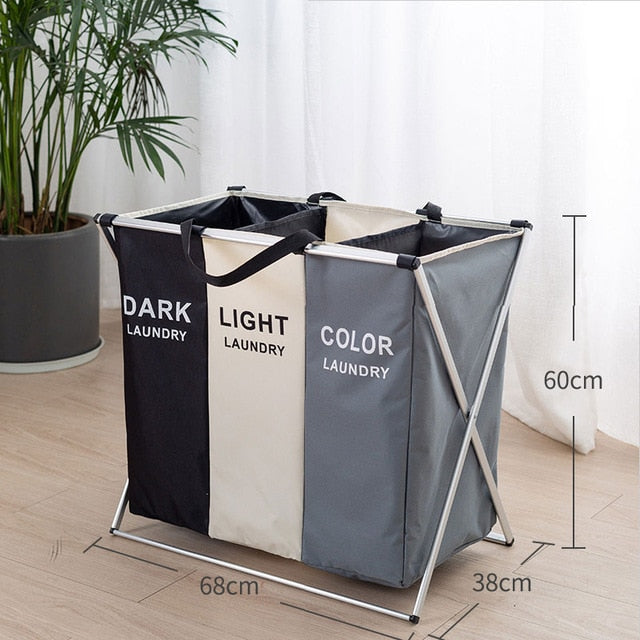
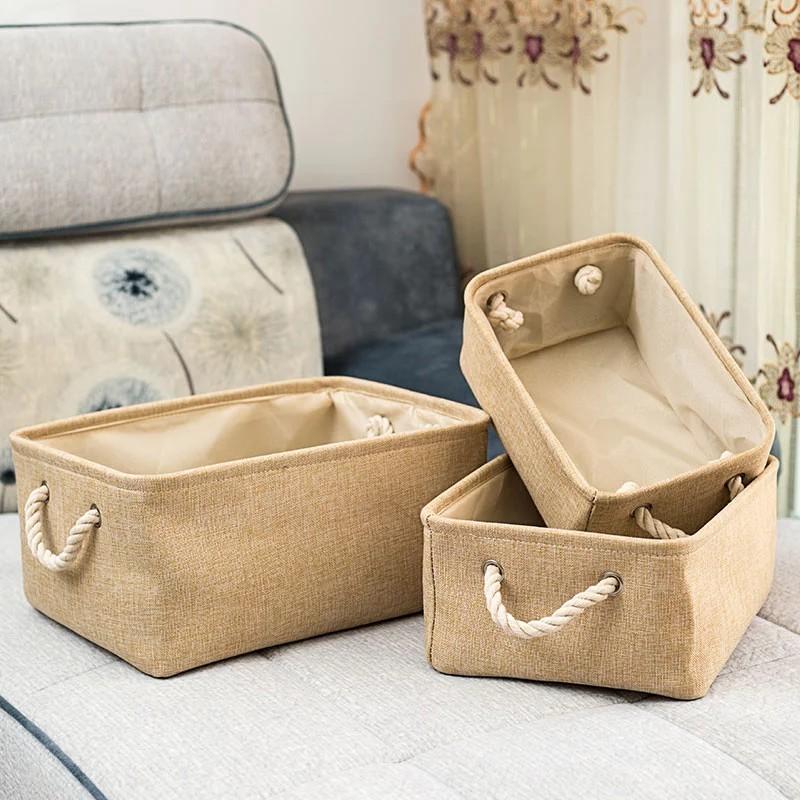
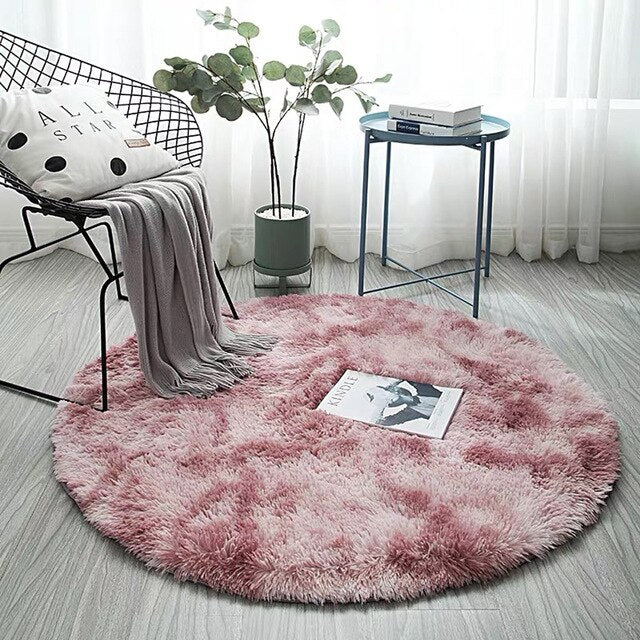
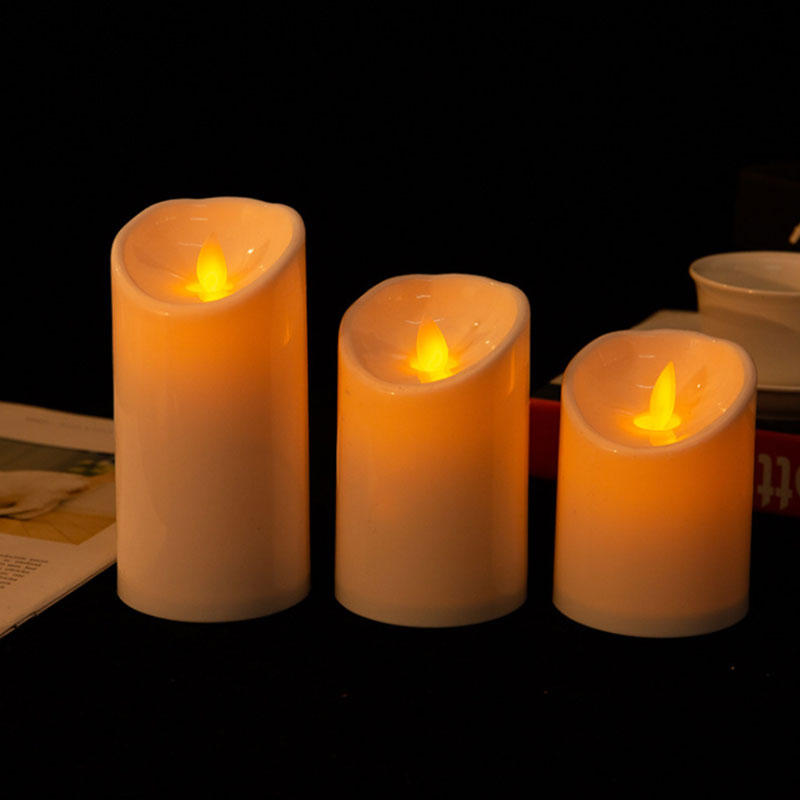
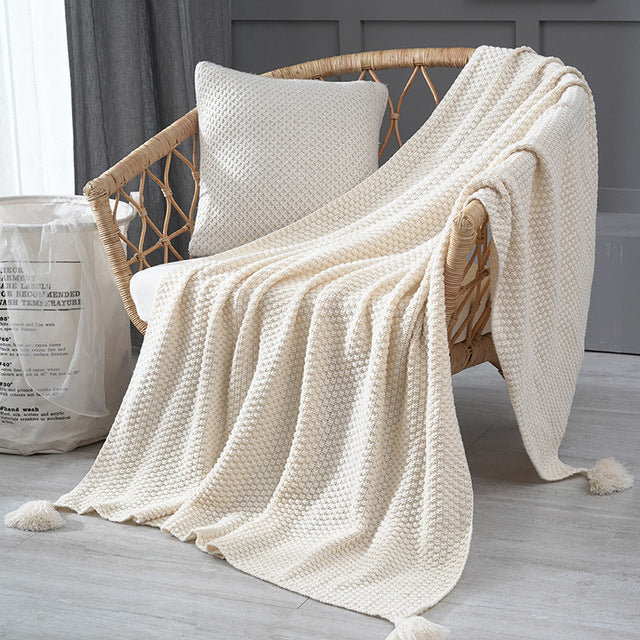
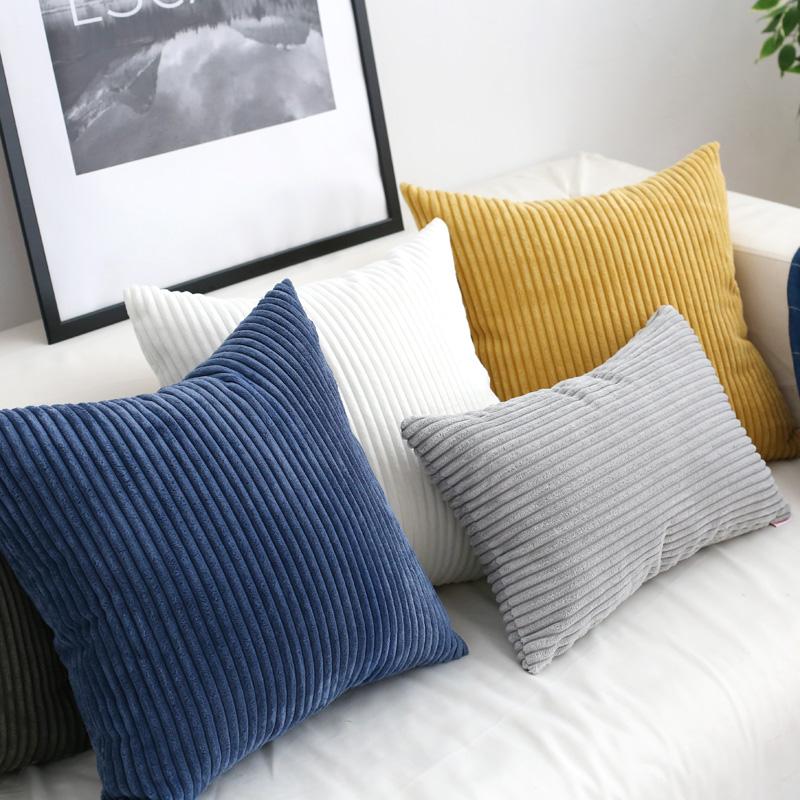
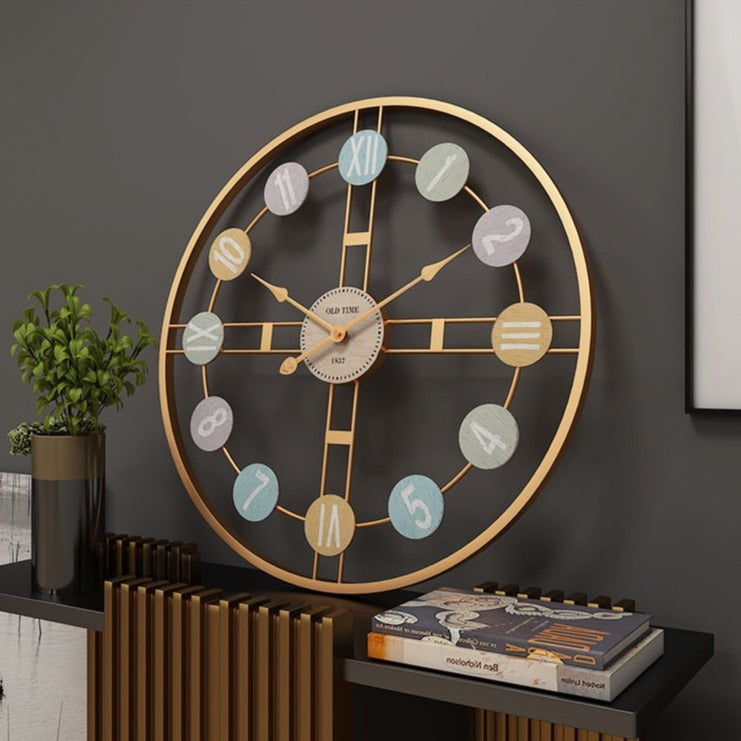
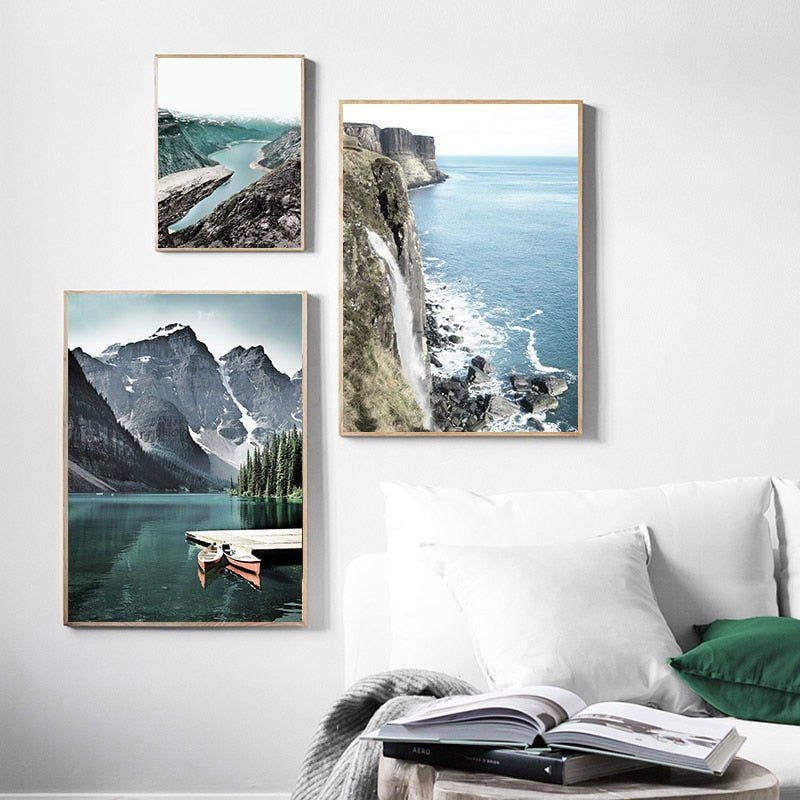
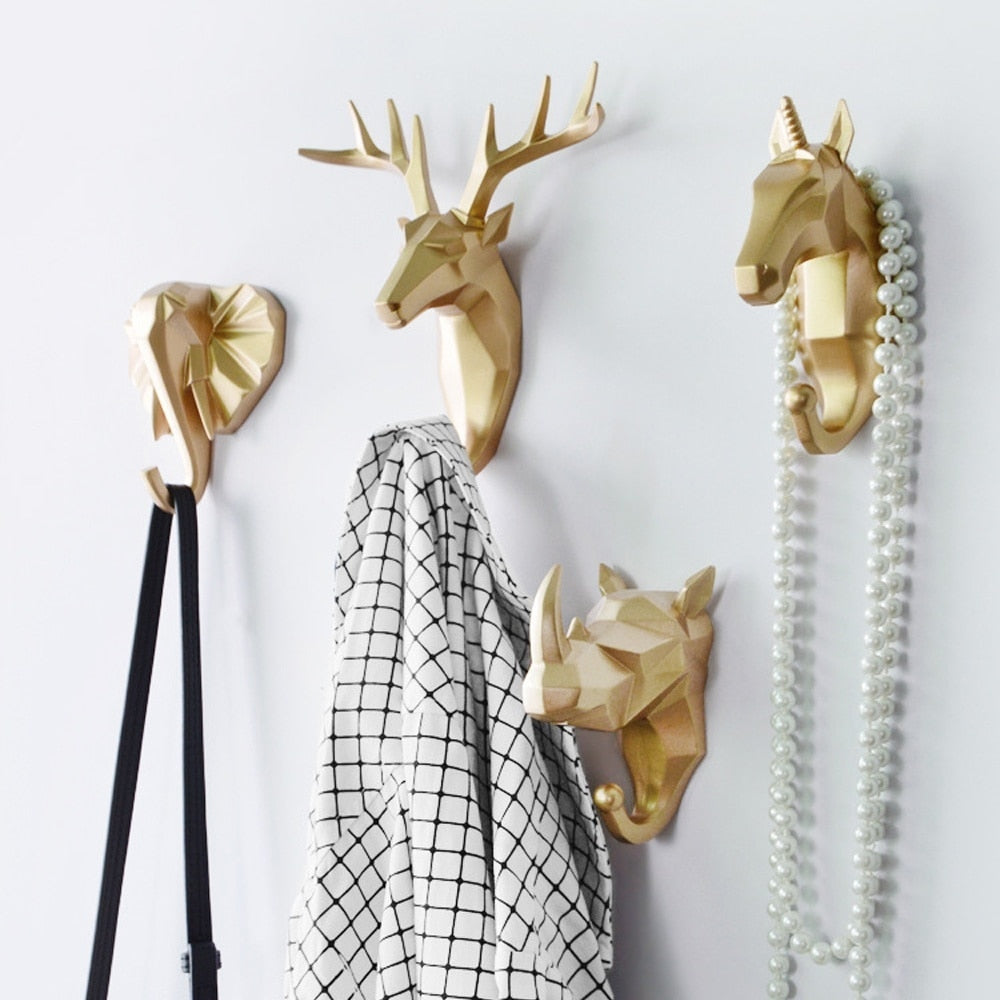


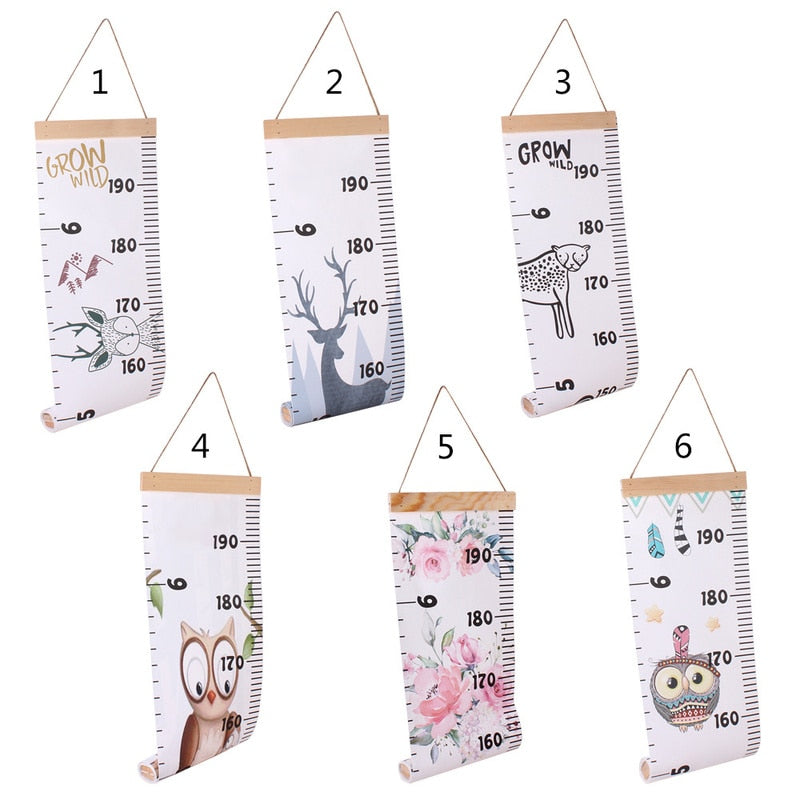
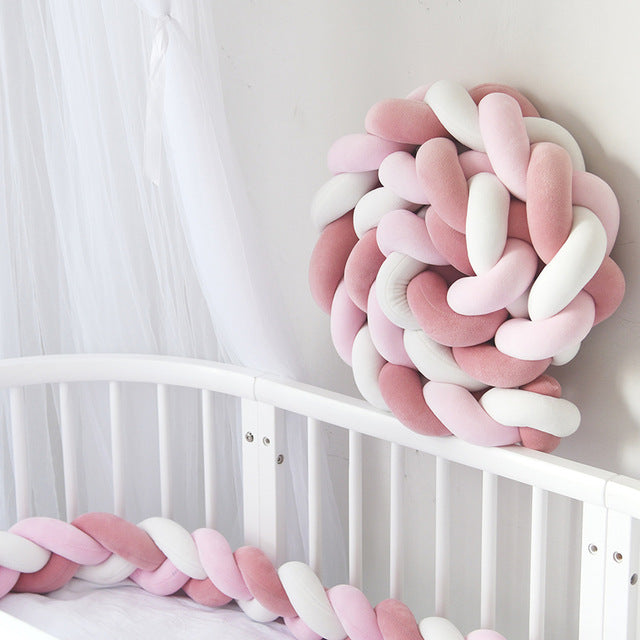
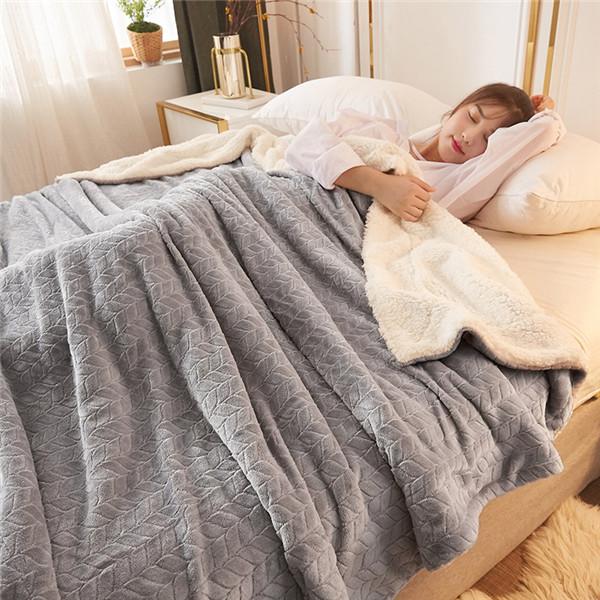

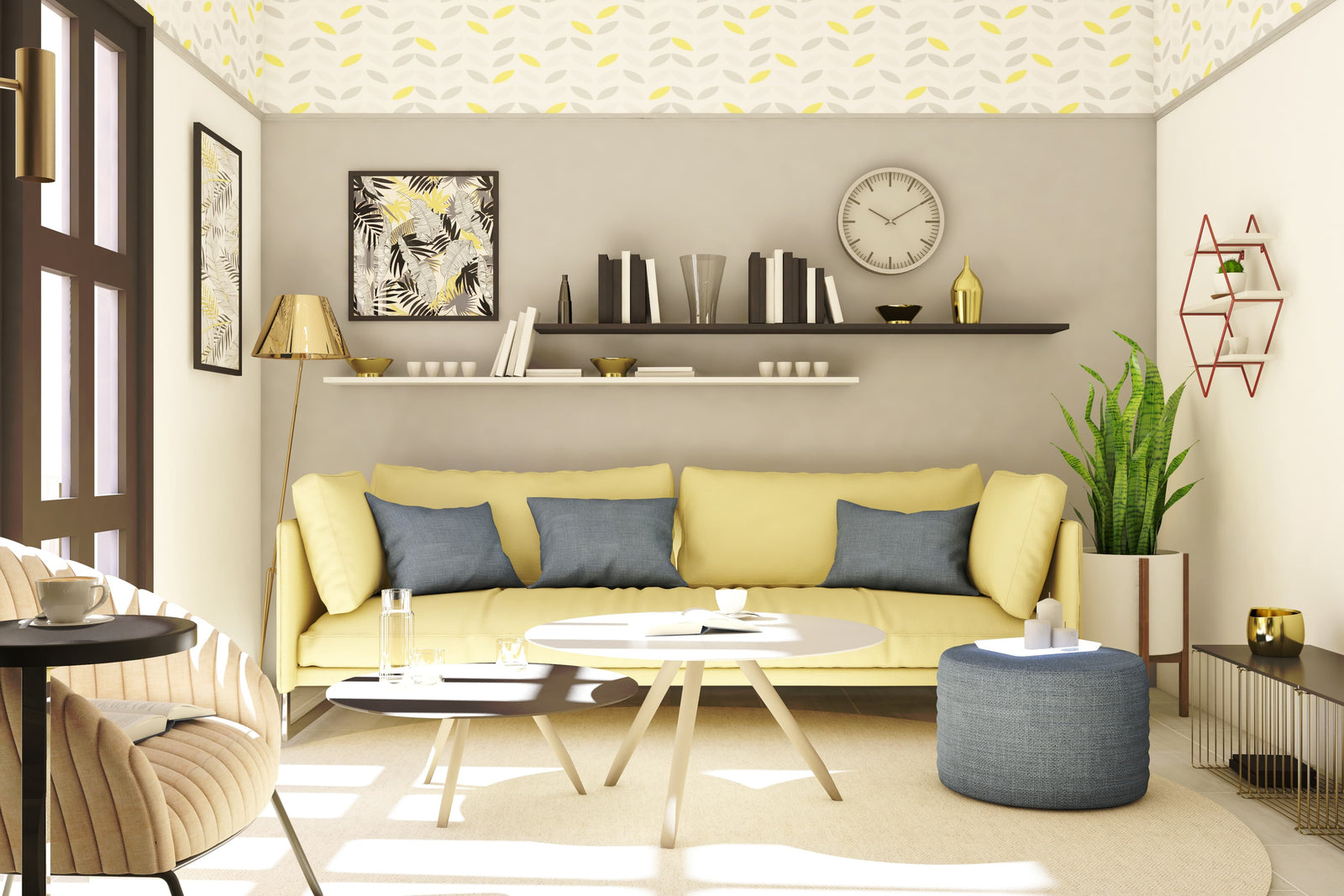
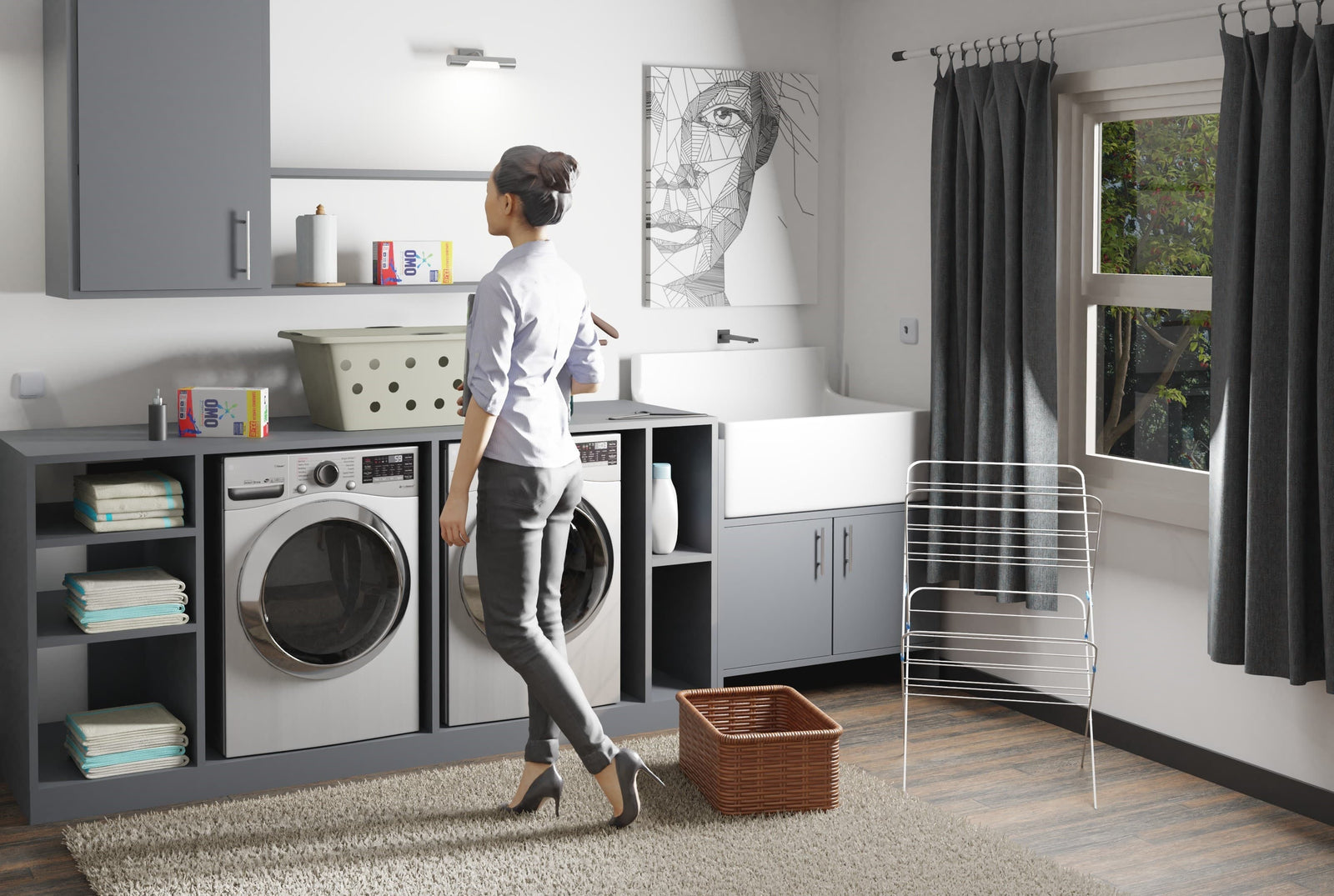
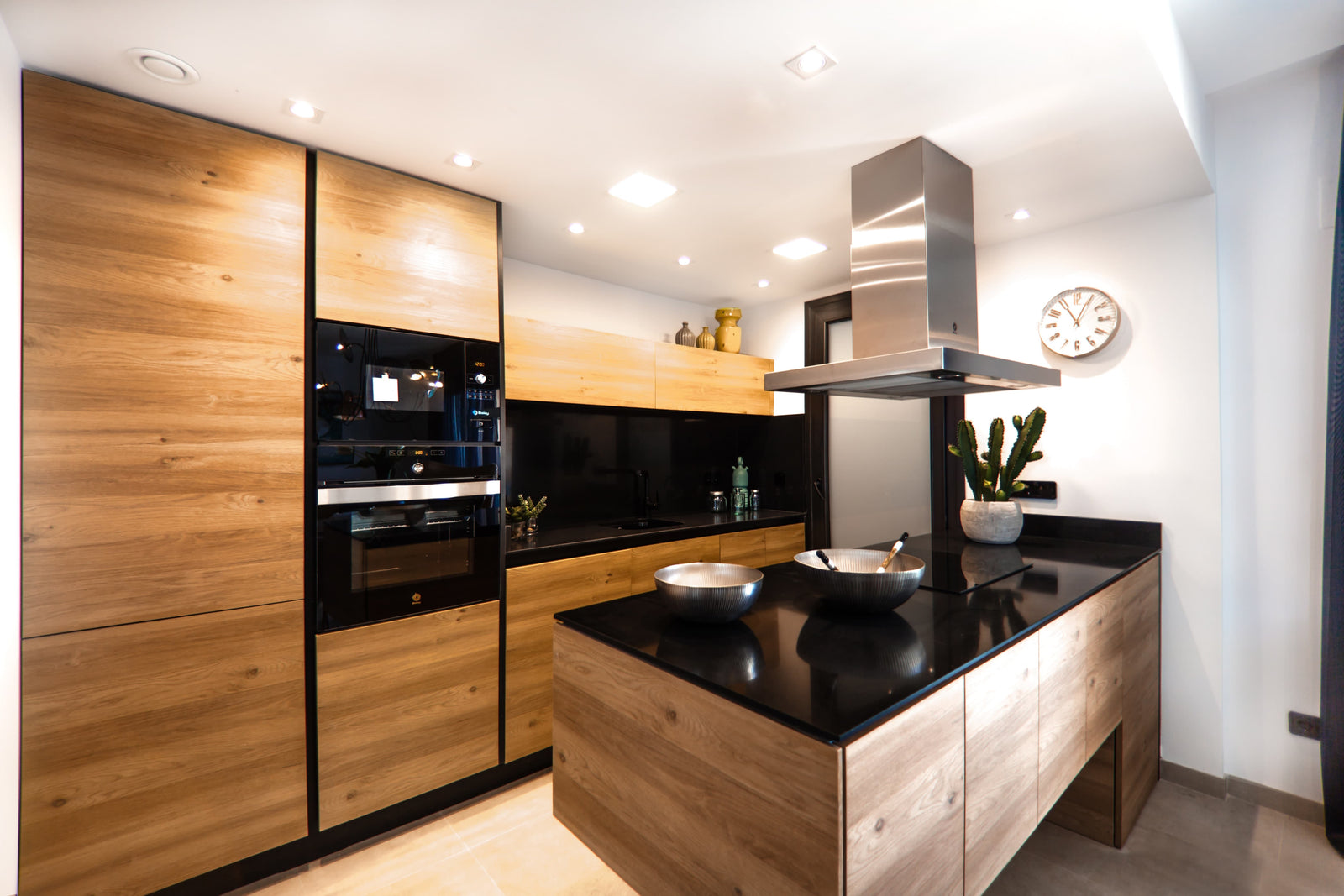
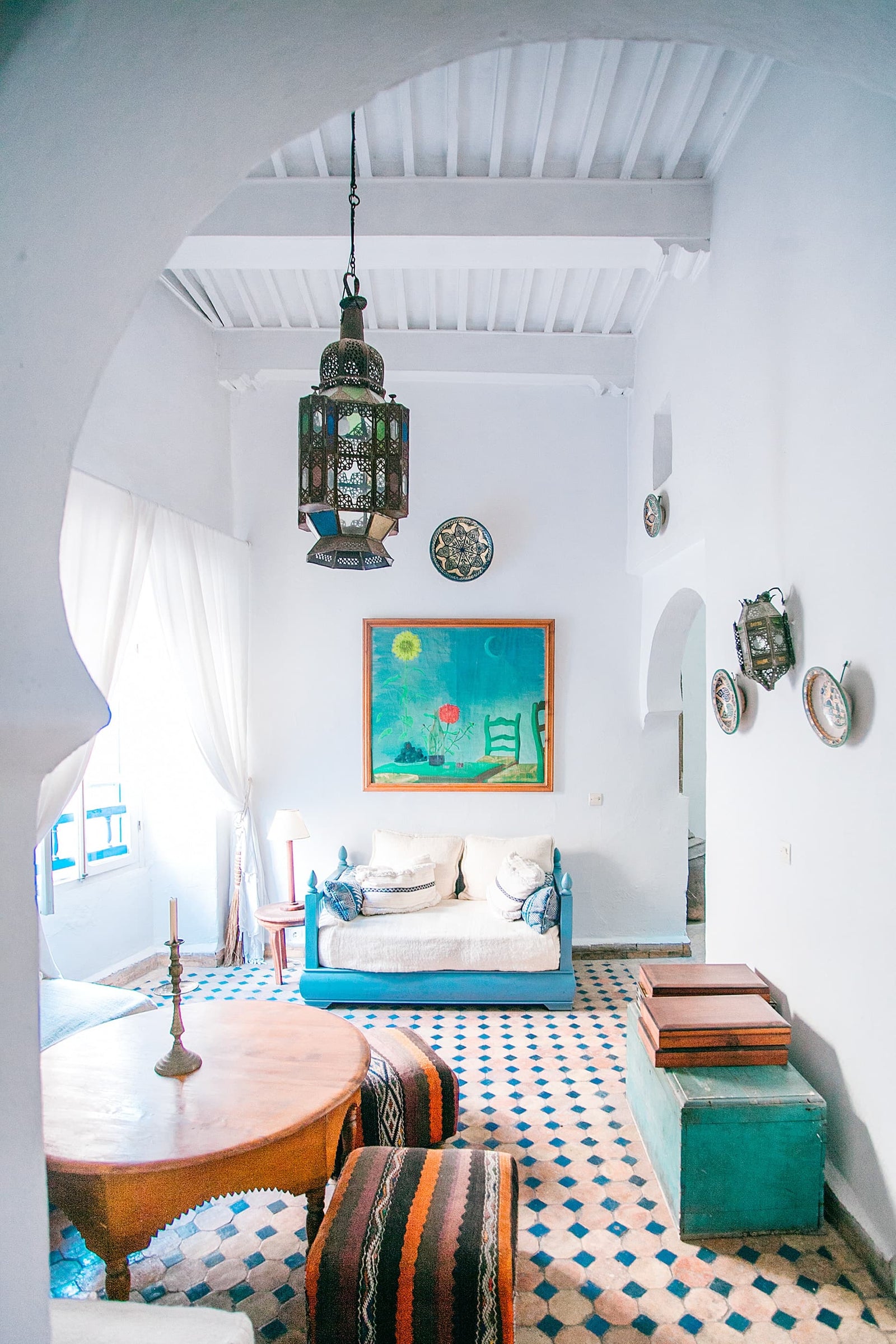
Leave a comment (all fields required)